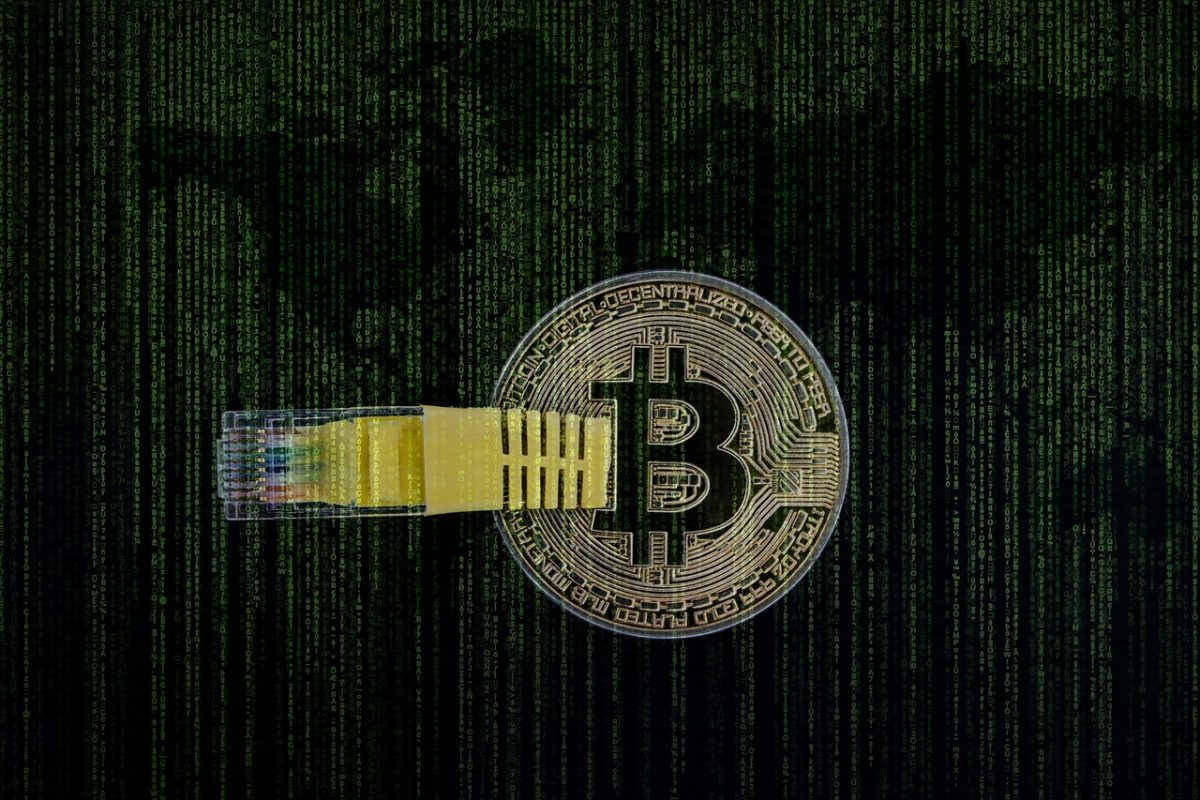Blockchain technology has rapidly evolved and progressed since the world became aware of its potential off the back of Bitcoin’s success. Amid its rise and vast expansion into other industries, two significant trends emerged from it—NFTs (non-fungible tokens) and crypto gaming. This has caused some confusion as to what the difference between them is. With this in mind, here’s a look at some of the key concepts that differentiate NFTs and crypto gaming.
The Core Concepts of Crypto Gaming
The concept of crypto gaming is intriguing merely for the fact that it utilizes cryptocurrency. However, the whole idea of it is further complicated by the burgeoning industry of crypto gambling. Not to be confused with this niche aspect of gaming, crypto gambling is a booming trend that’s sweeping through the iGaming industry.
Consisting of online casinos registered offshore, these progressive platforms utilize cryptocurrencies like Bitcoin as a payment method. As a result, Bitcoin casinos are able to offer players unique perks like instant payouts, more secure transactions, and anonymous play since they use blockchain technology for their payment systems.
While this method of gaming is becoming extremely popular, crypto gaming actually has nothing to do with crypto gambling. In what’s now considered its traditional sense, crypto gaming encompasses a new type of gaming that utilizes a play-to-earn model. In simple terms, it refers to games that incorporate cryptocurrency and blockchain technology into their core mechanics.
However, in this form of gaming, players can utilize cryptocurrencies and other digital assets as in-game industries. However, what truly makes this new-age genre of gaming novel is the fact that players can actually convert in-game assets into actual financial assets in the real world too.
Get The Daily Illini in your inbox!
How to Earn with Crypto Games
There are a couple of ways this can happen. In the first instance, players can keep playing the game in question, constantly trying to level up and build up crypto rewards that can be translated into real crypto assets for them to use in the real world. Alternatively, they can stake the rewards they earn and let it essentially be reinvested in the game and its underlying blockchain’s further development.
By doing this, if the game and its blockchain network do well, it can lead to extra rewards that increase the player’s holdings. While it’s not easy for players to become wealthy overnight from either of these methods, in the long run, it can lead to some very lucrative rewards for players.
In rare instances, where players choose a game or platform that ends up exploding in value, it can theoretically lead to some very sizable earnings. However, players should note that it can also take very long to earn very little in many cases. It’s therefore best not to get stars in your eyes from the concept alone and do your research thoroughly before diving into it or investing time or money— at least until you have a solid plan and are fully versed with the risks involved.
What are NFTs
When it comes to NFTs, these are digital assets that typically include things like digital artwork, collectible items, and unique game skins or characters that can be verified for authenticity on the blockchain. In traditional blockchain marketplaces, these assets can be traded, bought, sold, or invested in.
However, in crypto games, the confusion arises because they can also show up there as in-game assets. Players can also buy and trade NFTs in crypto games. However, the major catch is that they can also be converted into assets in the real world. The fact that NFTs crossover into crypto gaming has caused many people to confuse their role or function in relation to crypto games.
In reality, outside of crypto gaming, they are perfectly capable of being utilized in real life too. However, in crypto gaming, they serve a unique function as a bridge for ownership of in-game assets in reality
Blockchain Interaction
Crypto games use the blockchain to manage a game’s assets but can also affect its logic too. The immense utility of smart contracts allow them to govern everything from the rules of gameplay to how transactions and interactions are managed within the game world.
Overall, this helps foster a truly transparent and provably fair gaming environment where players can see and verify the workings of the game and its economy. This is largely also why blockchain technology and crypto gambling have become such massive features among the best online casinos. In those settings, they provide the means for players to have absolute certainty that games aren’t rigged in favor of the house.
Meanwhile, with NFTs, they interact with the blockchain in a way that emphasizes ownership and authenticity. The very nature of an NFT means each one represents a unique token on the blockchain with specific metadata that distinguishes it from any other NFT.
This metadata will typically include information like the creator’s identity, ownership history, and provenance—concepts that have turned industries like the art world on their head since they represent pure forms of confirming value, authenticity, and rarity.
The Unique Nature of Crypto Gaming
In a sense, crypto gaming involves assets that are digital but have a utilitarian function within a game’s ecosystem. The fact that they can translate this function over into the real world means this method of gaming has now opened up all kinds of new avenues for gaming monetization—both for players and developers.
With gaming models run on blockchain technology, players now have a stake in the success of a game and can actually contribute to its development. Meanwhile, for developers, it democratized game development and made it possible for smaller platforms to break into a market that’s traditionally been dominated by giants.
Conclusion
While both NFTs and crypto gaming are built on blockchain technology, they cater to different aspects of a user’s interactions in terms of value creation. On the other hand, NFTs are about the ownership and collectibility of unique digital items. As these technologies mature, the potential for overlap between them continues to grow. Either way, both suggest a dynamic future for gaming and other blockchain-based applications in the digital world.






